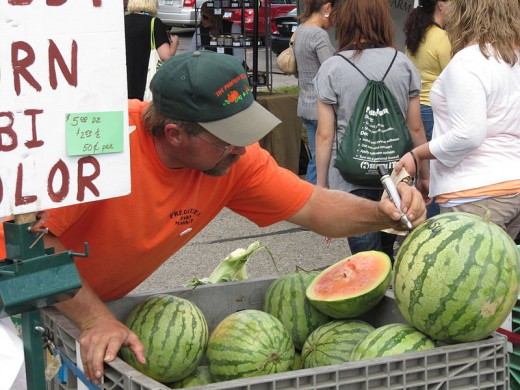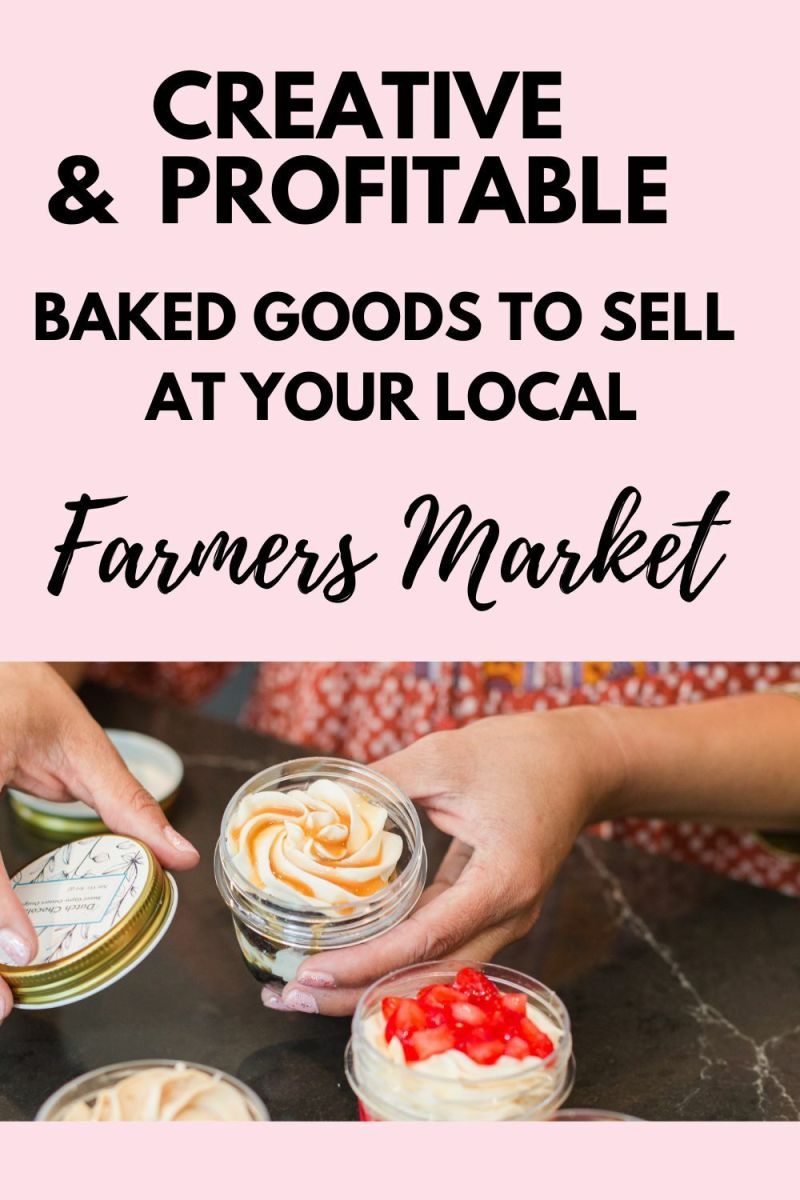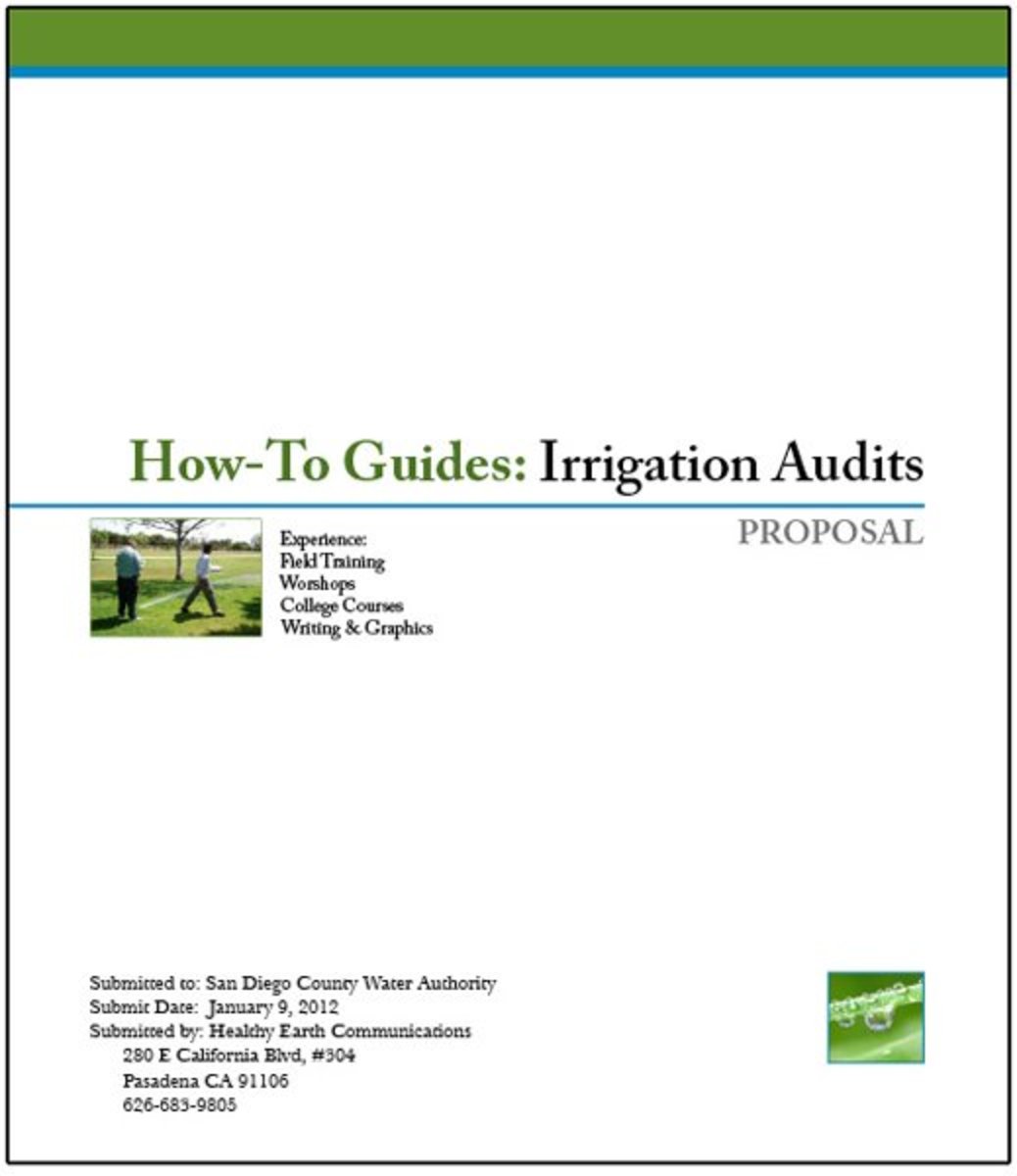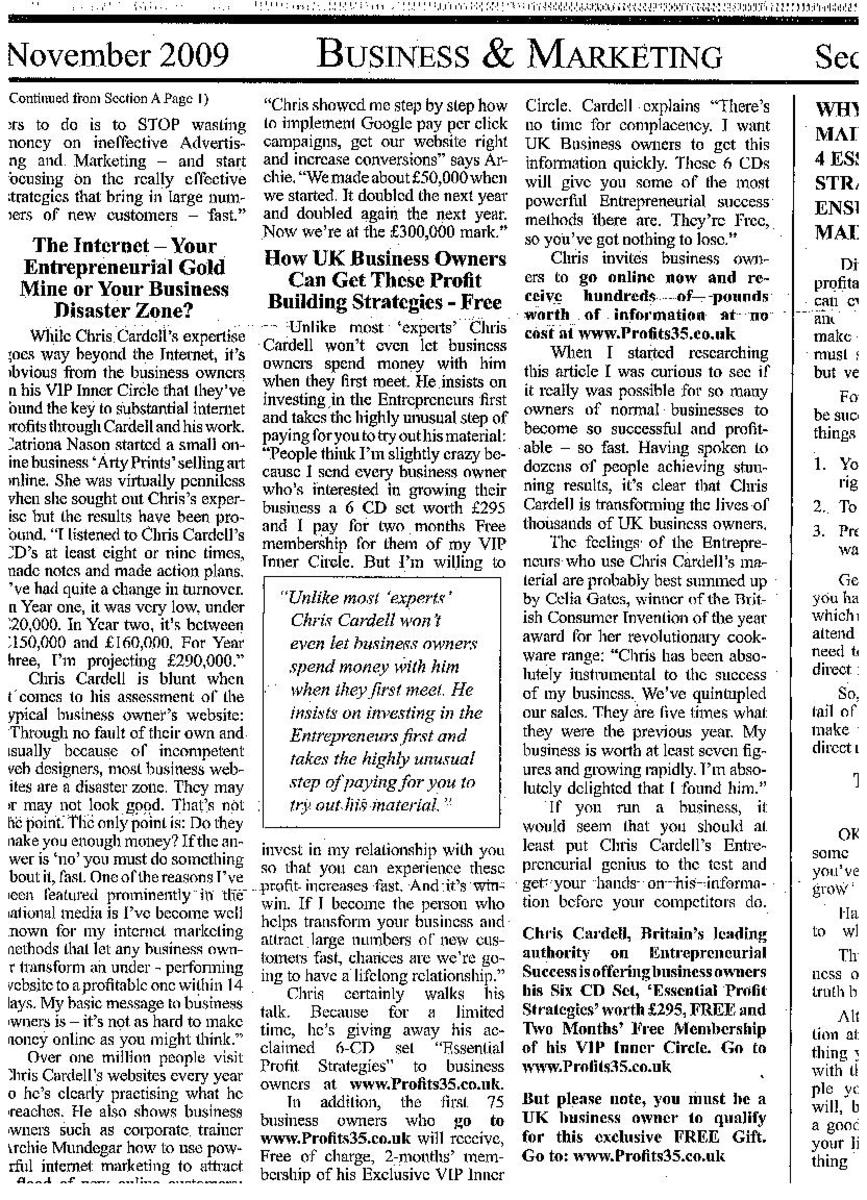How to Market Produce Effectively; a Beginners Guide to Market Selection

Whether you've got some extra produce from the garden, or a box truck loaded with fresh veggies, your crop is worthless without a market at which to sell it. There are several ways of marketing produce and each requires different levels of time, energy, and money.
- Farmers' Markets
- Roadside Stands
- U-pick Market
- Produce Auction
- Direct Store Sales
- Community-Supported Agriculture
- Restaurant Sales
- Direct Store Sales
Farmer's markets are a great resource for producers who don't have a lot of capital or a large volume to sell at market. These markets require little to no advertising by individual farmers and selling at one requires little or no fee. Because of the fact that smaller groups of people. Because they are so well suited for low volumes, farmer's markets will not sustain larger operations on their own.
When selling at a farmers market, it is important that your stand be visually pleasing. Having well organized and clearly labeled displays go a long way in conveying quality. Your produce should be clean when it is displayed. Keeping back stock of produce neat and off the ground is also a good way of conveying safety and quality to the customer. When you are just starting out, it is important that you do these things to make the customer at ease with buying from someone they don't know. Being consistent in price and product will bring customers back, which is how you actually make money. One-time customers do not sustain long term sales.
Roadside stands or on-farm stores are another resource for producers. They are a low-cost and effective way of marketing produce when they are located in high-traffic areas. Some producer will sell produce bought at wholesale prices from other area farmers to help create a diversified line of products to attract more customers.
U-pick farms are exactly what the name implies. U-pick farmers charge a price per unit for people to go into the fields and pick their own produce. The benefit to this is the fact that harvest costs are cut down significantly due to the customer being the harvest laborer. However, one problem with this is that while picking their own produce, customers my inadvertently damage plants and cause a loss in yield. This method doesn't work well in areas that are more remote to the customer. Also, the fact that you are allowing customers onto the farm may require insurance coverage and employees to supervise customers in the field.
Produce Auctions are a good, low cost method to move larger quantities of produce. Farmers bring in their harvest to be sold in the auction barn for potential buyers to view. One thing about produce auctions is that they have certain standards of quality and packaging that must be met to sell at auction. Prices can vary from week to week. A bad week can easily bring in a larger crowd, and therefore higher prices to compensate. Another advantage is that once produce is sold, sellers are no longer liable for the produce, buyers must arrange transportation and payment on site.
Community-supported agriculture, or CSA's are farmers that charge a flat rate for a years worth of access to their fields. This gets the money up front and guarantees income. It also lets the farmer know how much they need to produce ahead of time. Some CSAs require volunteer help with weeding, fertilizing, harvesting, etc. on top of membership dues. This allows them to share in the risk involved with agricultural practices. This method usually is very good at creating customer loyalty.
Restaurant sales is an avenue worth researching for producers with high production capacities and coverage in case of weather or health issues arising from their produce. Many farmers who do this look for high-end restaurants who require high quality produce. A couple of the benefits of this are the need some restaurants have for locally grown produce and the higher wholesale price they can charge for delivered produce. One of the issues with this is the increased need for capital for equipment and insurance needs.
Direct store sales can be a great way for low and high volume producers to find a buyer for their produce. Many supermarkets are being pushed with social trends to buy locally grown produce. They best way to find out what stores are interested is to call and ask. Cost of doing business becomes an issue at this point. Stores require a certain quantity and quality of produce so making deliveries requires adequate equipment, labor, and possibly even coolers to store harvested produce until they can be delivered.
Knowing your production abilities as well as what capital you have available in the form of labor, equipment, and money are very important in deciding what way or ways to market your produce. Once you've decided on how to market, research farther into that method to make sure you know the in's and out's of it.
- Common Garden Diseases and How to Identify and Treat Them
Knowing what diseases can do to your crops and how to identify them is must-know for any gardener. - Fertilizers and Composting for Building up Your Garden
Knowing how to amend your soil and what causes problems will make you a better, more effective gardener. - Soil Preparation Made Easy
Soil preparation is a very important part of gardening. Make sure your garden starts out on the right foot. - How to Make Money Raising Produce: an Introduction
An introduction of the in's and out's of raising produce for profit. - Hills Vs. Rows, How to Raise Pumpkins and Gourds
Looking to increase efficiency from your pumpkin patch? Here's a good place to start.








